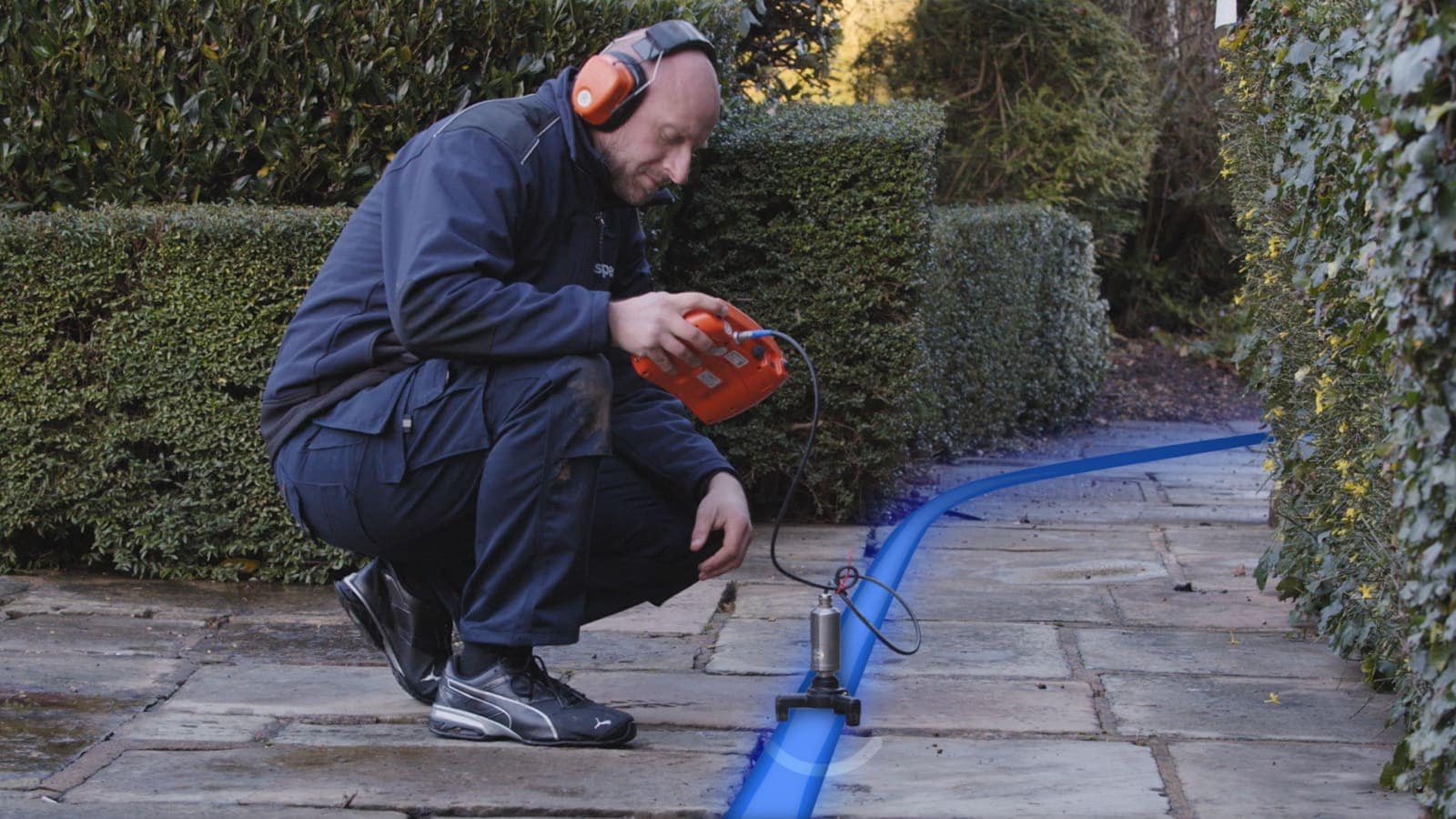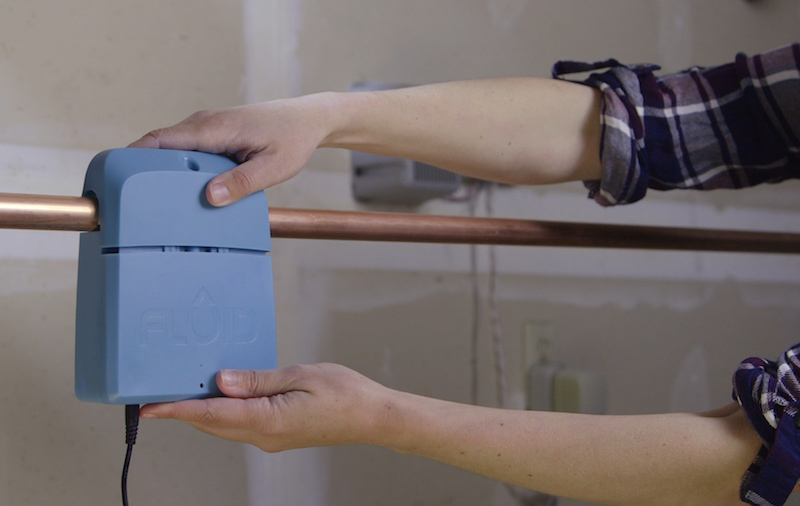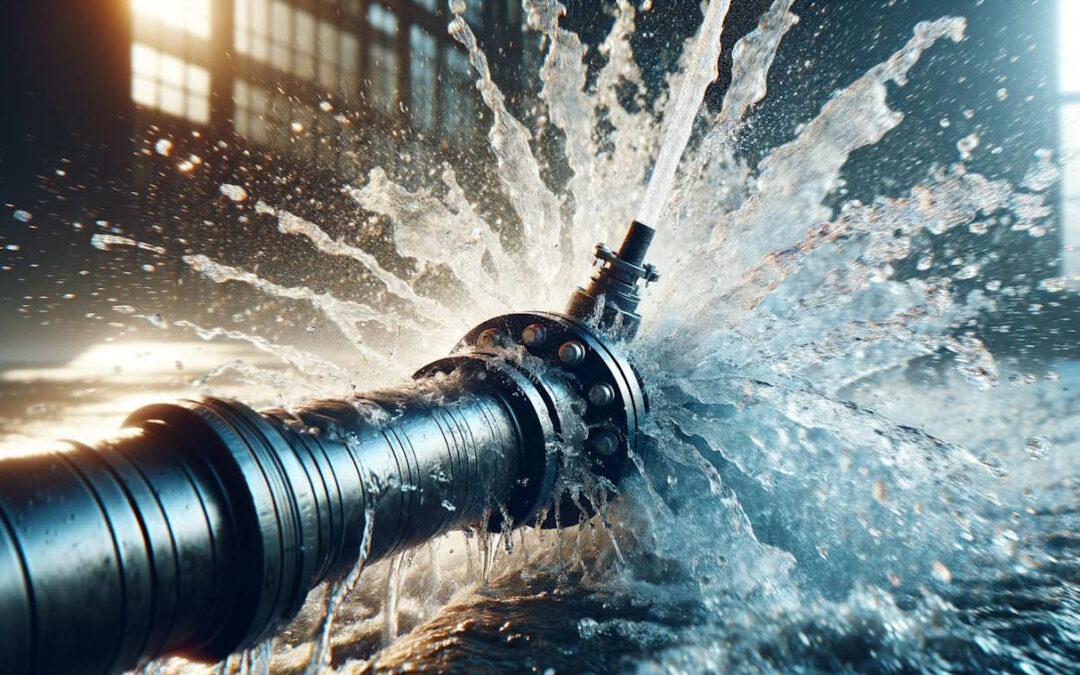Water Leak Detection: Exactly How to Identify and Take Care Of Leaks Before They Trigger Damages
Cutting-edge Solutions for Very Early Discovery of Water Leaks in Buildings and Infrastructure
From advanced leakage detection technologies to the deployment of IoT sensing units for real-time surveillance, the landscape of leak prevention is developing rapidly. Automated water circulation evaluation systems are reshaping exactly how leaks are identified and attended to, leading the way for a positive method to water leakage discovery.
Advanced Leak Discovery Technologies
Advanced leakage detection modern technologies, furnished with cutting-edge sensors and algorithms, play a vital function in quickly identifying and identifying water leaks in various settings. Electro-magnetic sensors can identify adjustments in electro-magnetic fields triggered by water, supplying yet another layer of leakage discovery capacity.

IoT Sensors for Real-Time Surveillance
In the world of modern water leakage detection, the assimilation of IoT sensing units for real-time surveillance represents an essential innovation in enhancing aggressive leak detection capacities. These sensing units supply constant tracking of water supply, giving real-time information on water flow prices, pressure variants, and temperature modifications. By leveraging IoT technology, these sensors can detect also the smallest anomalies in water use patterns, enabling early recognition of prospective leakages prior to they escalate right into significant problems.
IoT sensing units transmit information to a central platform, where sophisticated formulas assess the info and create alerts or notices when abnormalities are discovered. This real-time monitoring capacity permits home owners or facility managers to immediately address leaks, lessening water damage, lowering fixing costs, and saving water resources.
Additionally, IoT sensing units can be incorporated with structure administration systems, permitting automated feedbacks to detected leaks, such as turning off water valves or triggering pumps to minimize the effect of leakages. On the whole, the execution of IoT sensors for real-time surveillance substantially enhances the performance and efficiency of water leak discovery in structures and infrastructure.
Machine Discovering Algorithms for Leak Forecast

One secret benefit of using artificial intelligence for leak forecast is its capacity to continually find out and improve its accuracy in time. As more data is accumulated and fed into the algorithm, it can refine its predictions and adjust to transforming problems, inevitably increasing the dependability of leakage discovery systems.
Moreover, device understanding formulas can help in browse this site determining refined indications of leakages that might go unnoticed by standard tracking approaches. water leak detection. By analyzing complicated data embed in real-time, these algorithms can supply very early warnings and notifies, enabling timely treatment and precautionary maintenance to mitigate possible water damage and associated costs
Utilizing Thermal Imaging for Leakage Detection
Thermal imaging technology provides a promising strategy for identifying water leakages in numerous systems and facilities. By making use of infrared radiation and temperature level variances, thermal imaging cameras can identify surprise leakages that are not conveniently noticeable to the naked eye. When water runs away from pipelines or structures, it usually alters the temperature of the surrounding location, producing temperature differentials that thermal electronic cameras can catch. These temperature abnormalities are then translated right into noticeable pictures, highlighting the exact place of the leakage.
One of the vital benefits of thermal imaging for leak detection is its non-intrusive nature. On the whole, the usage of thermal imaging modern technology boosts the performance and accuracy of water leakage detection, making it a valuable device for preserving the integrity of structures and infrastructures.
Automated Water Circulation Evaluation Solutions
Exactly how can automated water flow evaluation systems transform the discovery and monitoring of leaks in various systems and facilities? Automated water flow evaluation systems offer a positive strategy to leak detection by constantly checking water flow prices and patterns. By developing standard data, these systems can promptly determine discrepancies that may suggest a leakage, enabling timely treatment to stop comprehensive damages.
These systems use innovative formulas to assess real-time data and supply immediate browse this site informs when anomalies are spotted, permitting speedy activity to be taken. Additionally, automated water flow evaluation systems can be integrated with structure management systems or IoT platforms, enhancing general effectiveness and allowing remote tracking capacities.
Furthermore, the data gathered by these systems can be made use of for anticipating maintenance purposes, aiding to determine prospective weak factors in the framework prior to leaks occur. In general, the implementation of automated water circulation analysis systems can considerably enhance leak detection and management techniques, eventually bring about cost financial savings, lowered water wastefulness, and increased sustainability in structures and facilities.

Final Thought
To conclude, the combination of advanced leak discovery innovations, IoT sensors, artificial intelligence formulas, thermal imaging, learn the facts here now and computerized water circulation analysis systems offers cutting-edge options for early discovery of water leaks in structures and framework. These modern technologies allow real-time tracking, prediction of leaks, and reliable detection techniques to stop water damages and wastage. Applying these solutions can help in maintaining the integrity and sustainability of water supply in different settings.